The Mediterranean has wetlands.
I didn’t know that before.
If you mention to me ‘the Mediterranian’, I conjure up images of tourism, sun, olive trees and the Biblical lands. I would never have associated the Mediterranean with wetlands.

Mediterranian Wetlands
Lots of them, dotted around everywhere; Lakes, lagoons, dams and river deltas. 570,000,000 hectares – roughly 6% of the Earth’s land surface
You want to see the diversity, check TOUR DU VALAT
And, they’re in trouble…
Protection ‘vital for Mediterranean’s wetlands’

Thymio Pappayannis on how wetlands in the Mediterranean have changed
Urgent government action is the only thing that can stem the crisis facing the Mediterranean’s wetlands.
That was the message from a recent meeting convened to discuss how best to protect these increasingly vulnerable ecosystems.
Mangroves, reed beds, peat bogs, ponds, river banks, swamps, marshes all fall under the heading of wetlands.
Under the umbrella of the Mediterranean Wetlands Initiative (MedWet), more than 350 specialists from countries in the region came together in Agadir, Morocco, to discuss the challenges facing these unique ecosystems.
They were drawn from a daunting range of disciplines: there were bird watchers, eel specialists, forestry commissioners, marine biologists and environmentalists present at the symposium.
Their discussions centred on refining old strategies and developing new ways of conserving wetlands.
With more than 50% of the Mediterranean’s wetlands lost over the last century, Laurent Chazee, the co-ordinator of a report published during the symposium, say he wants governments to wake-up, stressing the need for urgent action.
“It is no longer enough to leave the fight to environmentalists,” he says.
“Governments must get involved and policies have to be more clearly thought through. If not, whole areas of countries to the south of the Mediterranean will be de-populated as people move away in search of water.”
In addition to increasing population, intensive agriculture, tourism pressures and climate change, new and as yet unquantified changes are having an impact on wetlands.
Source: BBC News Read more
An example:
Wadi Rum in Jordan.

Black Iris, Jordan's national flower
Wadi Rum is a protected environment. Rare species of animals, small plants, and herbs can be found by the inquisitive traveler. Red anemones, poppies and the striking black iris, Jordan’s national flower, all grow at will by the roadside and in more quiet reaches. Herbal medicinal cures used for centuries by the Bedouins are found in the mountainous regions.
Wadi Rum is also a bird-watchers’ haven with its 110 recorded species. Vultures, buzzards, eagles and sparrows are a few to be seen by those looking skyward. Other interesting creatures to be found include the camel-spider, feared by local Bedouins for its ability to harm camels, however this spider is not dangerous to man.
Seen gracefully in its natural habitat, the Ibex, mountain goat, is often spotted in the desert terrain. Another interesting animals are the Gray Wolf, Blandford’s Fox, and the Arabian Sand Cat which is similar in appearance to a domesticated cat and survives in its harsh desert surroundings.
Comment:
Who ever knew about this? I am amazed. Source: Atlas
Another:
The Ebro Delta

Natural water wells at the Ebro Delta - an interesting freshwater habitat typical of Spanish Mediterranean coastal plains close to karstic countryside where underground water overflows. (Photo: Anna Motis)
The Ebro Delta is one of the major river deltas of the Mediterranean Basin. It covers an area of 320km2 and consists of a typical delta platform extending 30km into the Mediterranean. The main surface of the delta is covered by agricultural land, and most natural areas are located along the edges, behind large natural beaches and sand dunes.
Because the Ebro Delta is heavily populated compared to other Mediterranean wetlands, the area is intensively utilized. There are very few areas where the natural resources are not exploited. In most of the delta, agriculture is the main activity and this includes intensive rice production covering 21,500ha and in some areas other crops such as lettuce, tomato, and melon. In a couple of relatively small areas, there is some extensive cattle ranching allowing the development of interesting habitats. Fishing is very important both in the lagoons, river and surrounding sea. Shellfish production is also remarkable in the enclosed bays of La Banya and El Fangar. Source: Ramsar
Species never imagined…

The wetland surrounding the Dead Sea supports endangered species such as ibex, hyrax and even a few Arabian leopards.
Source: WWF

Iberian lynx
Source: WWF

Blue Swamp Hen
Albufera Marshland, Mallorca
Other species include ospreys, turtledoves, night herons, scops owls, hoopoes, black-winged stilts, Kentish plovers, glossy ibis, spoonbills, bee-eaters, purple gallunule, great reed warblers, flamingos, and the purple swamp hen (pictured above). Not to mention species that are fairly rare elsewhere in Europe, such as the black vulture, Eleonora’s falcon, Audouin’s gull, the moustached warbler, and Marmora’s warbler.
Source: BlueBay

Treasured habitat ... a flock of flamingos feeding in the Carmargue, France. Photograph: Alamy
Source: The Guardian

Ox Eye, Wadi Rum, Jordan
Source: Atlas
Comment:
Plants, animals, reptiles, insects all inhabit the wetlands, the same as anywhere in the world. They are a part of our heritage and like everything else on the planet we are slowly but surely destroying them.
Many of the wetlands featured in this post are in European lands that are suffering from the global financial meltdown, or in lands where political strife is endemic. The governments are more interested in saving banks than flora and fauna.
The natural elements of this world, the beauty and majesty are not on the lists of priorities.
Are we doomed to totally destroy the beauty of our little blue ball in space?
When you consider the importance that this 3rd Rock from the Sun plays in the larger plan of the cosmos, it’s probably not too important, but for us, humanity, it is our home; it is all we have…
There is no Planet B.
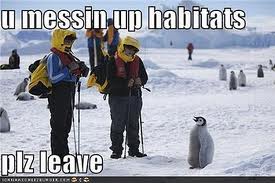








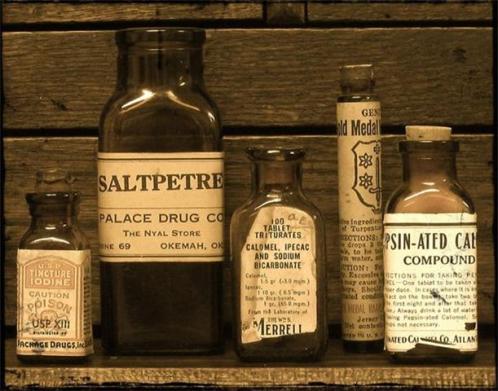

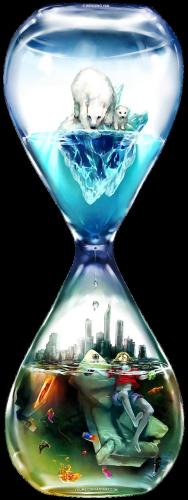
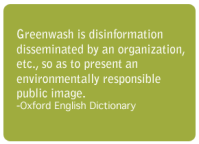
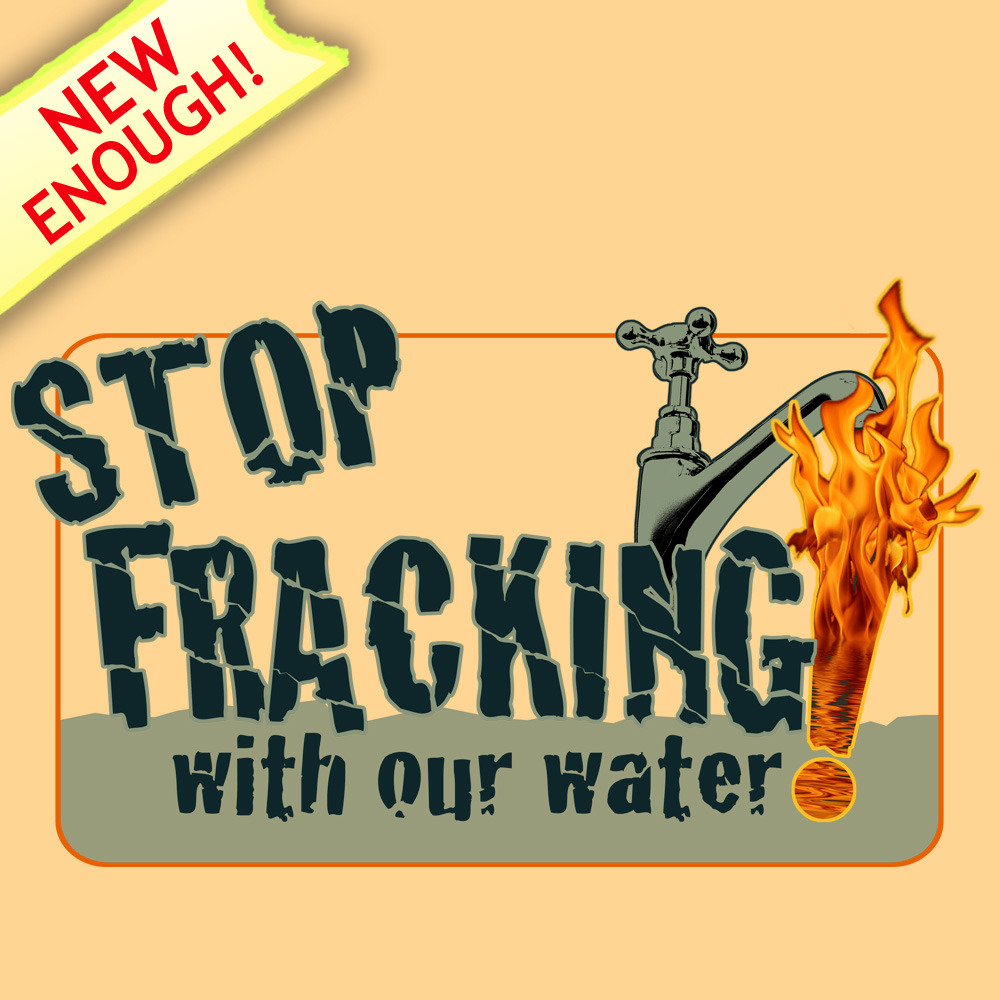

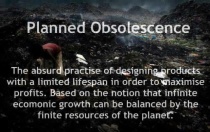


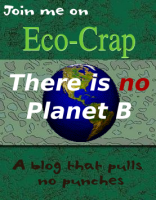


Posted by andyo1976 on February 23, 2012 at 4:57 pm
Like your article, the picture of the Flamingoes brought back memories for me. In 1974 I ended up in the Carmargue. Being 14yrs old, the wetlands didn’t really register, we just wanted the coast, however I remember vividly the flocks of Flamingoes flying over head, never seen anything like it before or since…
LikeLike
Posted by argentumvulgaris on February 23, 2012 at 5:13 pm
@andyo, thanks for the likes recently and the comment today, all always appreciated. I have experienced pink flamingoes in the highlands of the Andes around Uyuni slat flats in Bolivia. As for wetlands, I have worked as a guide in the Pantanal here in Brazil, so I appreciate them as a habitat.
AV
LikeLike